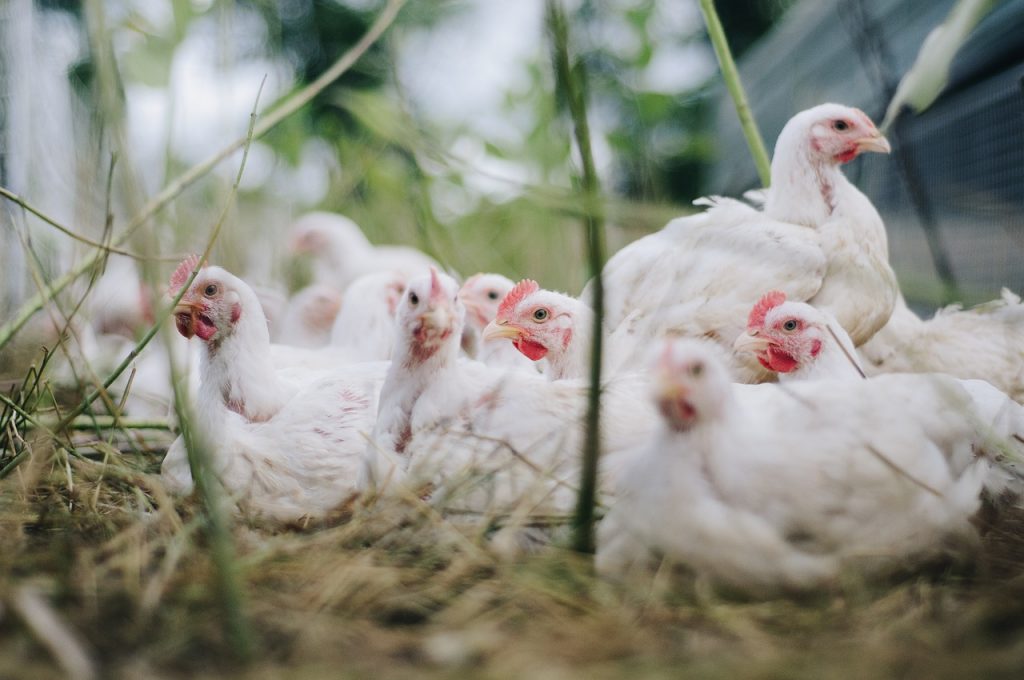Why More People Are Suddenly Buying Their Own Chickens
Egg prices are soaring globally, and some parts of the world are also dealing with an egg shortage, these circumstances are prompting more and more people to buy their own chickens.
This article is more than 2 years old

It’s not just your imagination: egg prices have skyrocketed over the past 12 months, rising as much as 60% compared to a year ago. The egg shortage has spread as an avian flu epidemic wiped out flocks worldwide including a record loss of 10 million chickens in Japan. Now, in the United States, New Zealand, and other locations, people are attempting to solve the problem by purchasing and raising their own chickens.
New Zealand consumes more eggs per person than most countries, so its population is feeling the egg shortage more acutely than others. Their government has exacerbated the scarcity by changing poultry farming regulations. January 1, 2023, marked the deadline for a 10-year program where egg producers were required to stop crowding the birds into “battery cages,” opting for more free-range systems.
Though the ten-year transition period should have allowed New Zealand chicken farmers enough time to fully change their practices by now, there have been supply snags. These have resulted in a nationwide egg shortage, causing Foodstuffs supermarkets to place temporary limits on how many eggs each person can buy. Another popular NZ grocery chain, Countdown, has not limited egg purchases but asks customers to only buy as many as they need.
Trade Me, a popular New Zealand local auction site, told CNN that searches for chickens and home chicken-raising equipment had nearly doubled over the past month. “Since the start of January, we have seen over 65,000 searches for chickens and other chicken-related items, like feeders, coops and food,” said Millie Silvester, a spokesperson for Trade Me. The egg shortage, coupled with rising costs, has people scrambling to find alternative ways of acquiring the staple food.
In the U.S., an increase in chicken ownership was evident long before the current egg shortage and outrageous prices. According to AARP, backyard chicken keeping spiked at the beginning of the pandemic as people had more time at home and a greater interest in self-provision. There are no official numbers of how many Americans currently raise chickens at home, but a 2013 study by the U.S. Department of Agriculture predicted 13 million people would by 2019.
Animal welfare advocates are warning people to carefully consider the responsibilities of chicken keeping before deciding to take the plunge. While it may seem like an easy solution to the egg shortage—after all, one hen can produce between 200 and 300 eggs each year—backyard farming isn’t easy. Chickens can live for eight to 10 years, and egg production is influenced by the climate, their age, and diet.
“So if people are getting chickens solely because [they think] they’ll have a permanent supply of eggs, that just isn’t the case,” said Gabby Clezy, CEO of the Society for the Prevention of Cruelty to Animals (SPCA) in New Zealand. “We’re asking people to consider them as companion animals, which they are.” The U.S. Centers for Disease Control and Prevention (CDC) warns that a backyard coop can also carry a risk of catching salmonella from handling the animals and their eggs.
Anyone considering backyard chicken keeping must also learn their city or county ordinances for raising poultry at home. Most areas allow people to keep at least three hens, but many do not permit noisy roosters. It’s probably wise to also share your chicken plan with your neighbors, especially if they have big dogs that might see your birds as prey.





